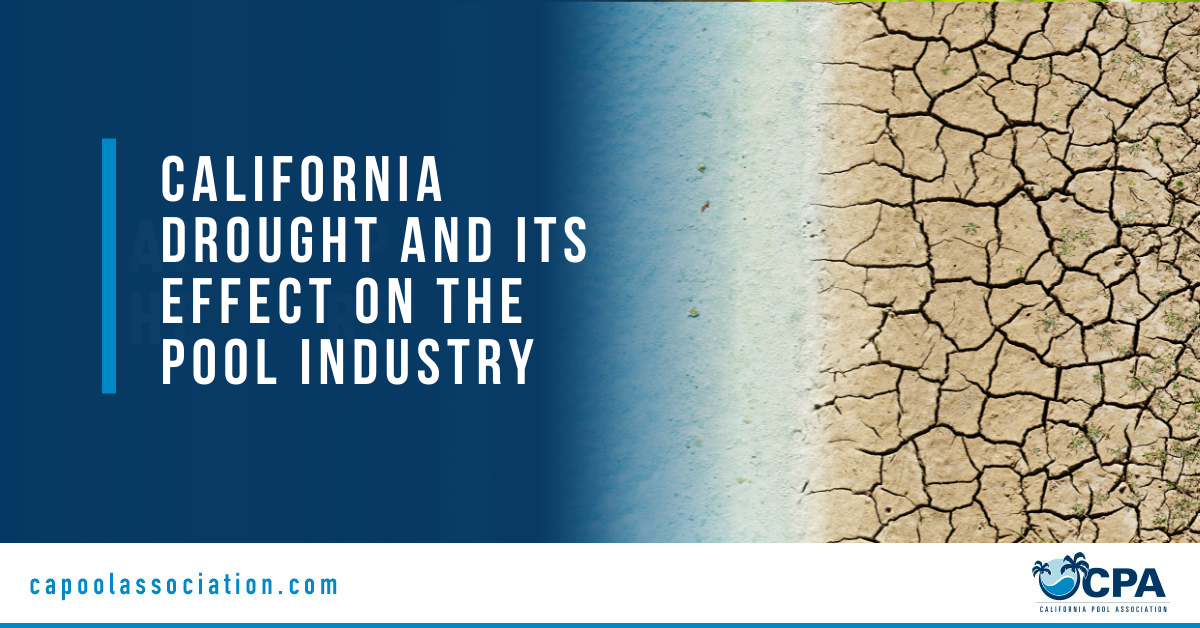
Pools have long been a staple of Californian culture, but as local governments enforce water restrictions, the pool industry could be looking at some dramatic shifts. The pool industry has seen progress over the past few years despite rising construction costs, labor shortages, and continued manufacturers price increases. The current predictions for drought in California for July 2023 are mostly optimistic. According to NOAA’s U.S. Spring Outlook, the abnormally wet winter will further improve drought across much of the western U.S. as the snowpack melts in the coming months. Moderate to exceptional drought coverage across the U.S. is at its lowest since August 2020 and is likely to continue improving, or end entirely, across much of California and the Great Basin. However, some areas of extreme to exceptional drought across parts of the southern High Plains are likely to persist through the spring season, and drought may develop into parts of Washington state1. The New York Times also reported that a very wet winter has eased California’s drought, but water scarticy remains due to climate change and population growth.

With restrictions and prohibitions going into place, how will the pool industry be affected by the drought in the state?
Water restrictions are often imposed upon homeowners, but with the pool industry being a major stimulant of local economies, these restrictions have greater implications. The pool and spa industry employs tens of thousands and has millions of dollars’ worth of economic output. Water restrictions, while imposed on the homeowner, can paint a picture of pools and spas being a waste of water when in actuality these industry specific restrictions have no more bearing than any other form of water restriction. Pools use very little water and save water over time by replacing lawns. However, some residents question the fairness of allowing pools to be filled while other outdoor watering is limited.
California recently faced a severe and prolonged drought in 2022, fueled by climate change and affecting water supply, agriculture, and wildlife. The state declared a drought emergency for all 58 counties and offered financial assistance to support water conservation and reliability projects. Some water districts are pursuing desalination plants to convert ocean water into drinking water, with varying degrees of approval from regulators. It’s important to make the distinction that pools are not water wasters. A well-maintained pool and its surrounding hardscaping will use much less water than a lawn of the same square footage in the same period. Let’s Pool Together, a campaign focused on educating the public on facts about water usage in the pool and spa industry also speaks on the usage required for new construction. They had this to say:
A SPEC research project in the Santa Clara Valley district showed that if 800 pools were built in a typical year and each were filled with 20,000 gallons of water, the 16 million gallons needed for initial filling of those pools would only comprise 4.5% of one day’s average water use. This means that all the water needed to fill all the new pools in the area would equal just one hour of typical public water use for this water district.
Usage aside, pools serve purposes than many wouldn’t even consider. For example, as California moves into its fire season, a number of these pools will serve as quick sources of water in efforts to fight fires. Some seasoned Californians are even equipped to use these makeshift reservoirs to dampen their own property lines in order to protect their own homes.

As the state of California continues to come out of its pandemic restrictions, misplaced restrictions on water usage specific to the pool and spa industry could mean less jobs and a hit to governmental revenue from building permits. It is important to continue educating potential clients about the benefits of pools, even in the wake of drought restrictions.
The California Pool Association (CPA) is a trade organization founded for independent pool service, repair and maintenance business owners. The association works on behalf of its members to provide affordable general liability insurance, wholesale pricing on equipment and supplies, and a vast professional network. Contact us today and find out how you can benefit from membership in the California Pool Association.